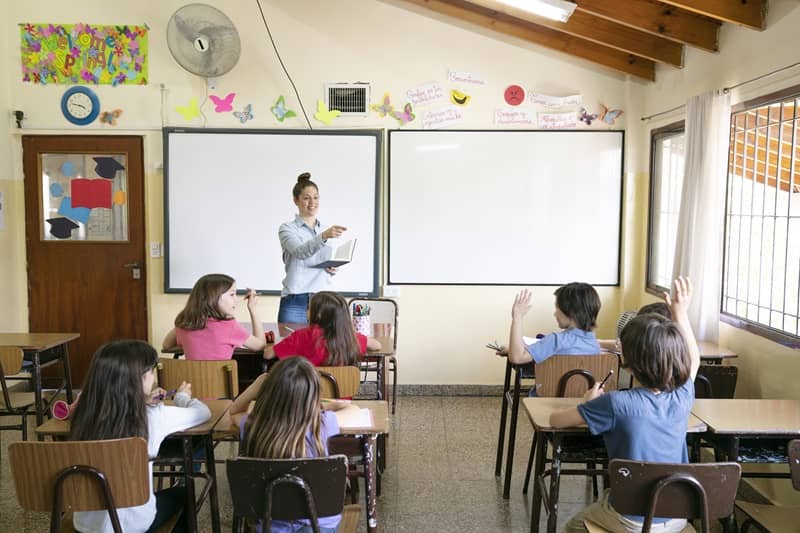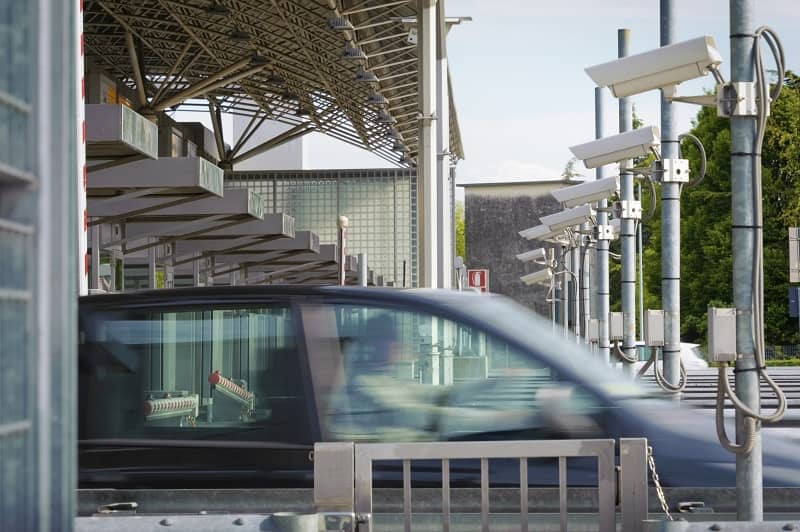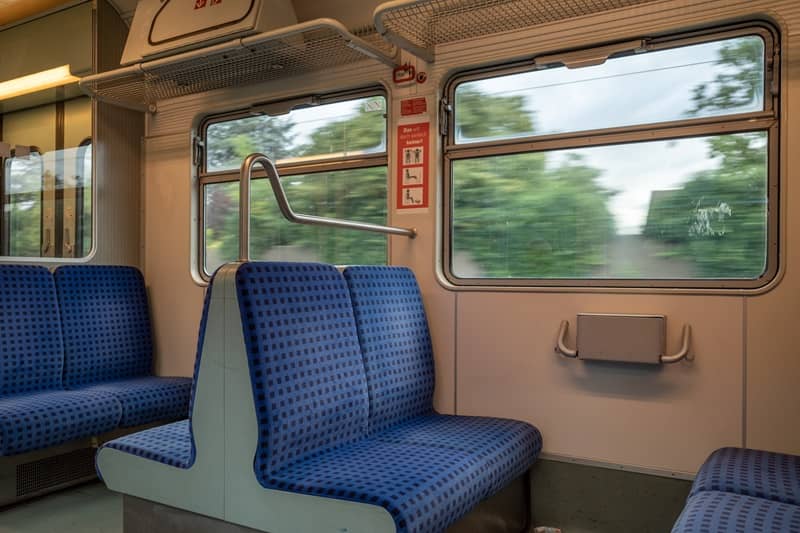By John A. Charles, Jr.
In any prolonged strike, it is usually assumed that management and labor have competing interests. That’s not the case in a public sector strike.
This has become clear since teachers in the Portland Public School (PPS) district walked out on November 1. While union leaders and school board negotiators have expressed disagreements about what is affordable, both sides are claiming that taxpayers have underfunded schools. Board members and union leaders have joined forces to demand a bailout by the state legislature.
The problem with this narrative is that it’s not supported by the facts. According to the most recent PPS Audited Financial Statements, between 2013 and 2022, district spending for instruction went up from $267.2 million to $471 million, or 76%. Total expenditures, which include support services, increased from $538.8 million to $932.4 million, or 73%.
These expenditures are in addition to the costs of upgrading virtually every building in the district. Local taxpayers have approved three separate bond measures since 2012, totaling $2.48 billion. All of this money is being borrowed and must be paid back with interest by property owners. As a result, over the past decade the total direct property tax rate within the district rose from 7.2681 percent to 9.6016 percent.
Taxpayers have been willing to shoulder this burden despite the fact that district enrollment is dropping. Between 2013 and 2022, the number of PPS students declined from 47,523 to 45,497, or 4.3%. The largest drop was in the elementary schools, where enrollment went down from 26,577 in 2013 to 20,705 in 2022.
This trend is expected to continue. The Portland State University “middle series forecast” estimates PPS enrollment hitting 39,123 by 2035.
Nonetheless, the number of full-time equivalent PPS employees rose from 4,831 in 2013 to 5,943 in 2022, an increase of 23%. The number of teachers increased from 2,353 to 2,721 (16%). The number of educational assistants went up from 521 to 647; administrators from 158 to 193; and “other” employees from 1,798 to 2,383.
Taxpayers have also been generous when it comes to providing ancillary services to students. In 2013, 25% of PPS meals were paid for by students, and 67% were free. In 2021 and 2022, 100% of meals served were free.
Both the PPS Board and the union seem fixated on demanding more resources rather than containing costs. For instance, all of the high school rebuilds are being designed for 1,700 students, yet only two of the nine PPS high schools (Grant and Franklin) currently serve student populations exceeding that number.
The most glaring overbuild is at Jefferson, which had only 544 students in the 2022-23 school year and never had more than 677 at any point in the previous decade. The current design for a rebuilt Jefferson is already facing cost overruns, yet recent public statements from PPS board members make it clear that there will be no consideration of cutting expenses by building a smaller school.
The only reason why the PPS Board and its various unions can ignore these trends is that the district is a government monopoly. Elsewhere in the economy, strikers have incentives to settle because consumers have alternatives. No one “needs” to buy a car from domestic automakers or seek entertainment by picketing actors. But PPS parents don’t have alternatives.
Since November 1 the district has been offering free “grab-and-go” of daily meals for parents, but that’s a backwards set of priorities. If PPS offered parents daily cash refunds for the educational services they are no longer receiving, I suspect the strike would get settled very quickly.
When the state legislature meets again in February 2024, there will likely be demands for more public school funding. Legislators should resist those requests. A much better solution would be a money-back guarantee for parents, providing them the means to seek educational options in the marketplace if desired. Eight states have enacted such legislation during 2023, including Arkansas, Indiana, Iowa, and Florida. If legislators want to help parents, they should add Oregon to this list.
John A. Charles, Jr. is President and CEO of Cascade Policy Institute, Oregon’s free market public policy research organization. A version of this article was published by the Portland Tribune on November 16, 2023.













Gary Virgin
Your article illuminates the fact that the legislature is a puppet of the unions, especially since various public unions, including OEA, fund the election of the legislators. Once elected, the legislators can only see more and more $$ as the solution “for the chiildren”. The present multiday stike demonstrates the union is not working “for the children” since it is widespread knowledge that missing school is destructive to the education process.
Placing the funding with each student is the correct and only workable solution for the declining enrollement, declining test scores, teachers which are willing to strike even knowing it will hurt student performance outcomes, accompanied with a never-ending-request for increasing funding enviornment we see today.